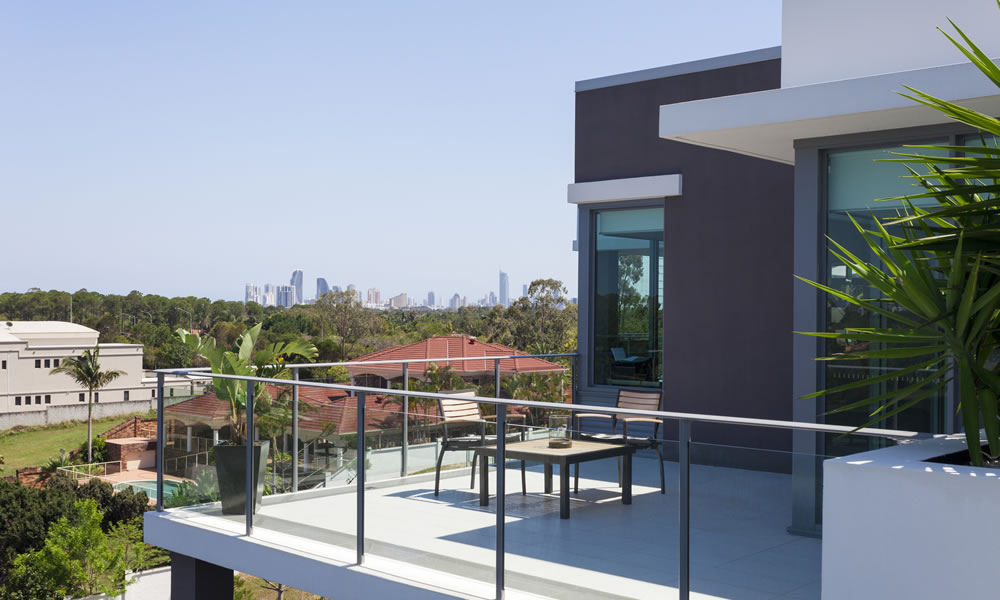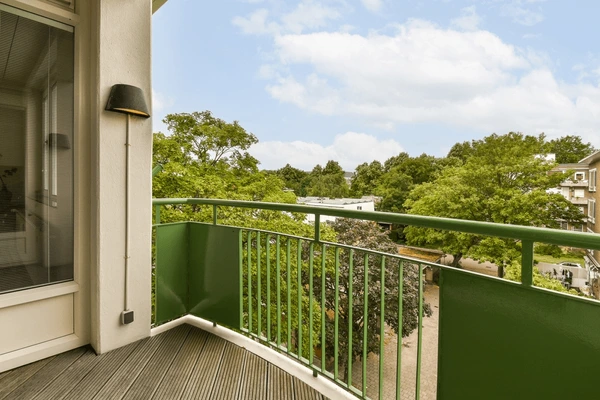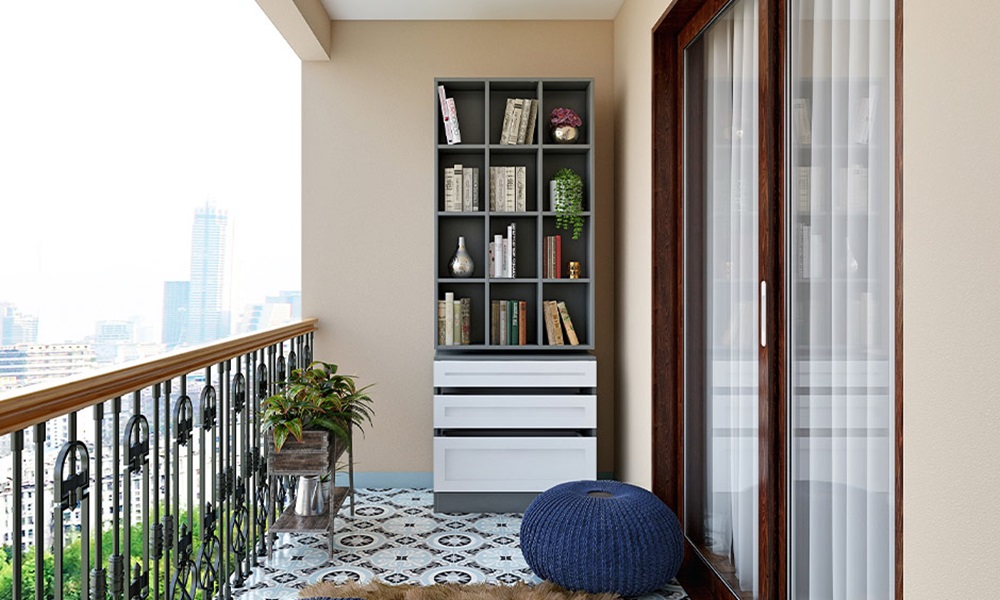
Connecticut’s unpredictable weather can be a challenge for homeowners with open balconies. Harsh winters, heavy rainfall, and scorching summers can damage your balcony and make it uncomfortable to use. However, with some simple weatherproofing tips, you can protect your balcony and enjoy it all year round. In this article, we’ll provide you with practical advice on how to weatherproof your open balcony in Connecticut.
Assessing Your Balcony’s Exposure
Before you start weatherproofing your balcony, assess its exposure to the elements. Consider the direction it faces, the amount of sunlight it receives, and the wind patterns in your area. In Connecticut, balconies that face north or east may receive more wind and rain, while those that face south or west may receive more sunlight.
Sealing Gaps and Cracks
One of the most effective ways to weatherproof your balcony is to seal any gaps or cracks in the structure. Use a waterproof sealant to fill in any gaps between the balcony’s floor and walls, and around any railings or fixtures. This will help to prevent water from seeping in and damaging your balcony.
Protecting Your Balcony Floor
Connecticut’s heavy rainfall can cause water to accumulate on your balcony floor, leading to damage and erosion. To protect your balcony floor, consider applying a waterproof coating or sealant. You can also use outdoor mats or rugs to absorb excess water and prevent slipping.
Shielding from the Sun
Connecticut’s summers can be scorching, and the sun’s UV rays can damage your balcony’s furniture and decor. Consider installing a shade sail or umbrella to shield your balcony from the sun. You can also use outdoor curtains or blinds to block out the sun’s rays and keep your balcony cool.
Preparing for Winter
Connecticut’s winters can be harsh, and your balcony may need extra protection during this time. Consider storing any outdoor furniture or decor that may be damaged by snow or ice. You can also apply a waterproof coating to your balcony’s railings and fixtures to protect them from rust and corrosion.
Tips for Weatherproofing Your Balcony
- Regularly inspect your balcony for any damage or wear and tear.
- Use durable and weather-resistant materials for your balcony’s furniture and decor.
- Consider installing a roof or awning to protect your balcony from the elements.
- Use outdoor lighting that is designed for wet conditions to prevent electrical shock.
- Keep your balcony clean and free of debris to prevent damage and slipping hazards.
- Consider consulting with a professional contractor or builder if you’re unsure about how to weatherproof your balcony.
- Keep an eye on local weather forecasts to prepare your balcony for extreme weather conditions.
- Don’t forget to check your balcony’s railings and fixtures regularly to ensure they are secure and safe.
Final Note
Weatherproofing your open balcony in Connecticut requires some effort and planning, but it’s worth it to protect your investment and enjoy your outdoor space all year round. By following these simple tips, you can create a comfortable and inviting balcony that withstands the elements and provides a perfect spot to relax and unwind.




